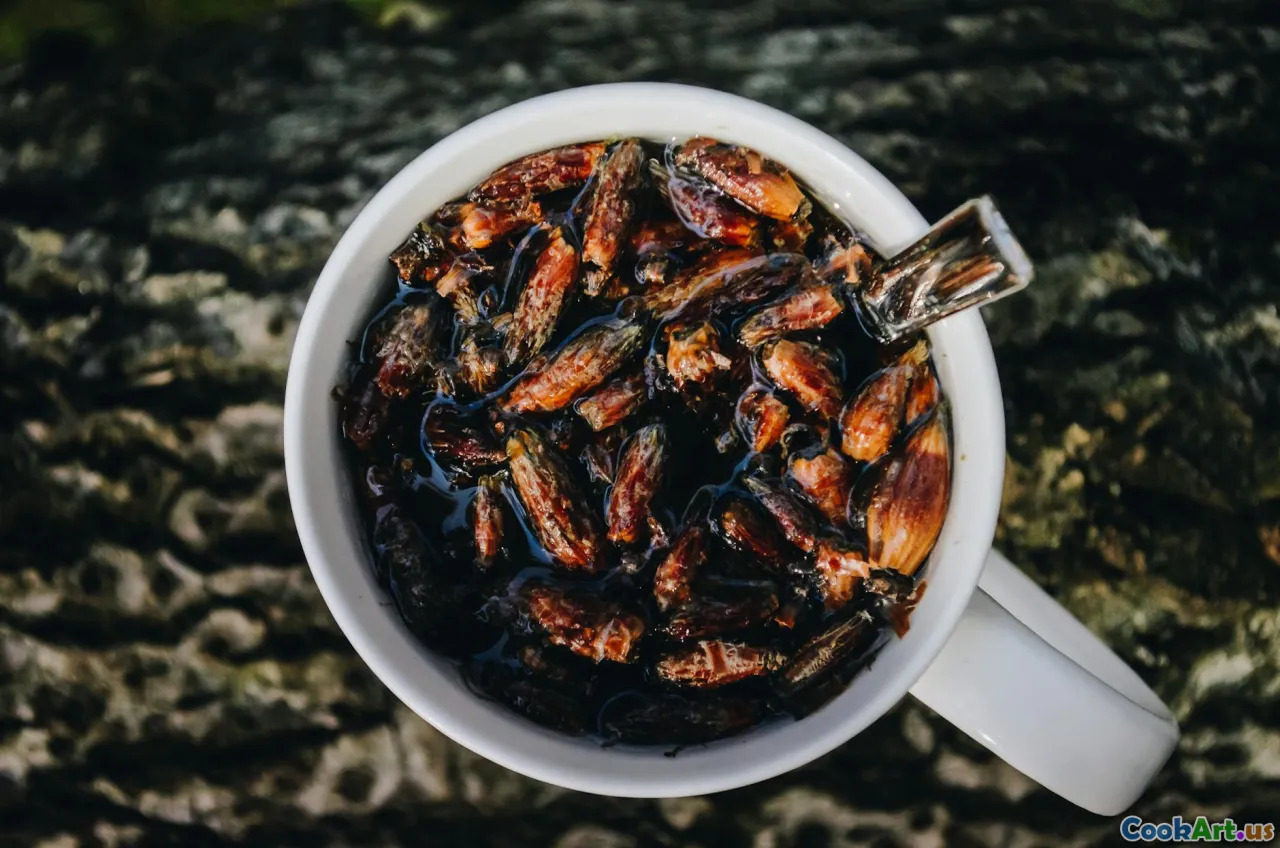Future Flavors: Insects and Alternative Proteins
5 min read Discover the culinary potential of insects and alternative proteins in tomorrow's food scene. April 13, 2025 18:45
Future Flavors: Insects and Alternative Proteins
As the global population continues to grow, the demand for sustainable and nutritious food sources becomes increasingly urgent. One of the most innovative solutions to this challenge lies in the world of insects and alternative proteins. This article delves into the culinary potential of these unconventional ingredients, exploring their benefits, cooking techniques, and cultural significance.
The Case for Insects: A Nutritional Powerhouse
Insects are already a staple in many cultures around the world, consumed for their high protein content and rich nutritional profile. For instance, crickets, mealworms, and grasshoppers are packed with essential amino acids, vitamins, and minerals.
Nutritional Benefits
- High Protein Content: Insects can contain up to 80% protein by weight, making them an excellent source of nutrition.
- Rich in Nutrients: They are also rich in vitamins such as B12 and minerals like iron and zinc.
- Low Environmental Impact: Farming insects requires significantly less land, water, and feed compared to traditional livestock, making them an eco-friendly option.
Culinary Applications of Insects
Insects can be prepared in a variety of ways, from whole snacks to flour for baking. Here are some innovative uses:
- Insect Flour: Ground into a fine powder, insect flour can be incorporated into baked goods, protein bars, and smoothies.
- Savory Snacks: Roasted crickets or mealworms can be seasoned and enjoyed as a crunchy snack.
- Gourmet Dishes: Chefs around the world are experimenting with insects in gourmet dishes, from cricket tacos to mealworm risotto.
Alternative Proteins: Beyond Insects
While insects are gaining traction, other alternative protein sources are also making waves in the culinary world:
- Plant-Based Proteins: Products like tofu, tempeh, and seitan are popular among vegetarians and vegans. New innovations are creating plant-based meats that closely mimic the taste and texture of animal products.
- Cultured Meat: Lab-grown meat, produced by culturing animal cells, offers a way to enjoy meat without the ethical and environmental concerns associated with traditional farming.
- Mycoprotein: Derived from fungi, mycoprotein is the key ingredient in products like Quorn, offering a meat-like texture with a lower environmental footprint.
Cooking Techniques for Alternative Proteins
Exploring these new ingredients requires creativity and understanding of cooking techniques. Here are some methods to experiment with:
- Baking with Insect Flour: Substitute a portion of regular flour with insect flour in recipes for a nutritious boost.
- Fermentation: Fermenting plant proteins can enhance flavors and increase digestibility.
- Sous Vide Cooking: This method allows for precise temperature control, perfect for cooking cultured meats and ensuring they retain their moisture and flavor.
Cultural Significance and Acceptance
The acceptance of insects and alternative proteins varies widely across cultures. In countries like Thailand and Mexico, insects are integral to traditional cuisine. However, in Western countries, there is still a stigma associated with eating insects. Efforts to normalize these foods include:
- Educational Campaigns: Informing consumers about the nutritional and environmental benefits of insects.
- Celebrity Chefs: Influential chefs incorporating insects into their menus help to elevate their status in mainstream cuisine.
- Food Products: The emergence of insect-based products in supermarkets is slowly changing perceptions.
Conclusion
As we look to the future of our food systems, insects and alternative proteins present exciting opportunities for innovation and sustainability in culinary practices. By embracing these ingredients, we not only enhance our diets but also contribute to a more sustainable food future. The next time you’re looking for a protein source, consider the future flavors that insects and alternative proteins bring to the table!









